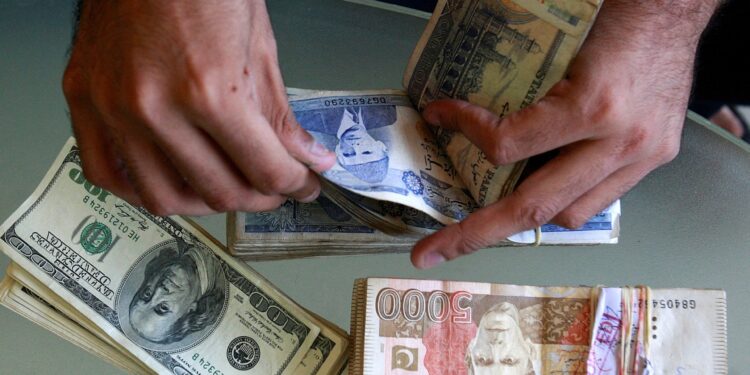Tensions are escalating between India and the International Monetary Fund after it accused the Indian Central Bank of excessive intervention in the currency market, which New Delhi rejected.
The fund says that the movements of the Indian rupee have been very restricted since December 2022, which indicates that the central bank is carrying out “excessive financial interventions”, that is, above the levels necessary to achieve market balance.
As a result, the Fund reclassified India’s foreign exchange system, citing financial interventions as the reason behind the system’s shift from “floating” to “stabilization through direct intervention.”
These accusations were rejected by India, which considered them “unjustified,” as it insists that the Fund’s estimates do not match the current financial and economic reality.
The Indian rupee fell by 2% against the US dollar between December 2022 and October 2023.
The Indian central bank is believed to have intervened to the tune of $78 billion to support the rupee during that period, according to economic estimates.
Although India is working to strengthen its monetary reserves, the debate over the central bank’s intervention and monetary policy remains very sensitive, especially after the United States placed India on a watch list due to interference in monetary value.



